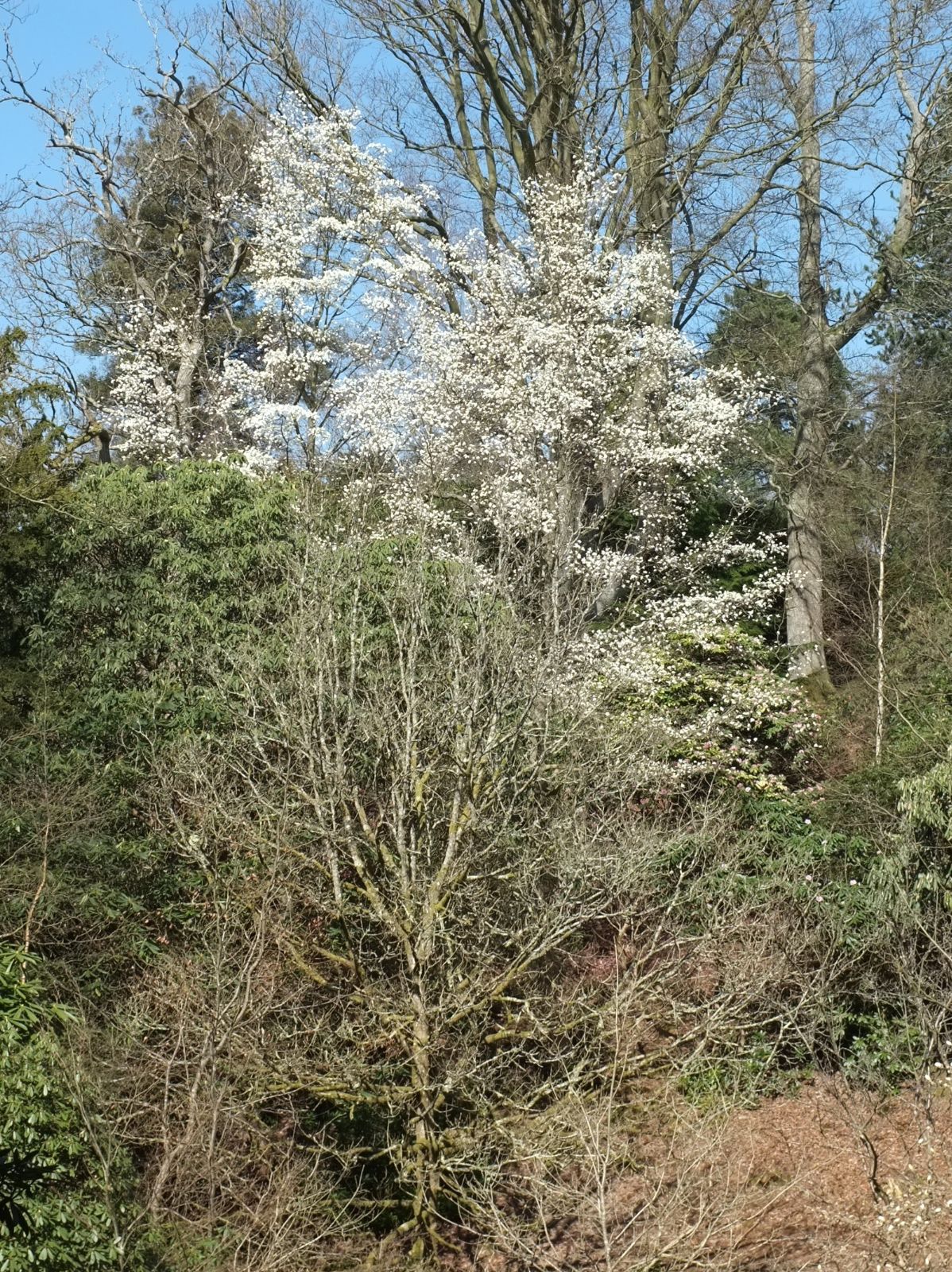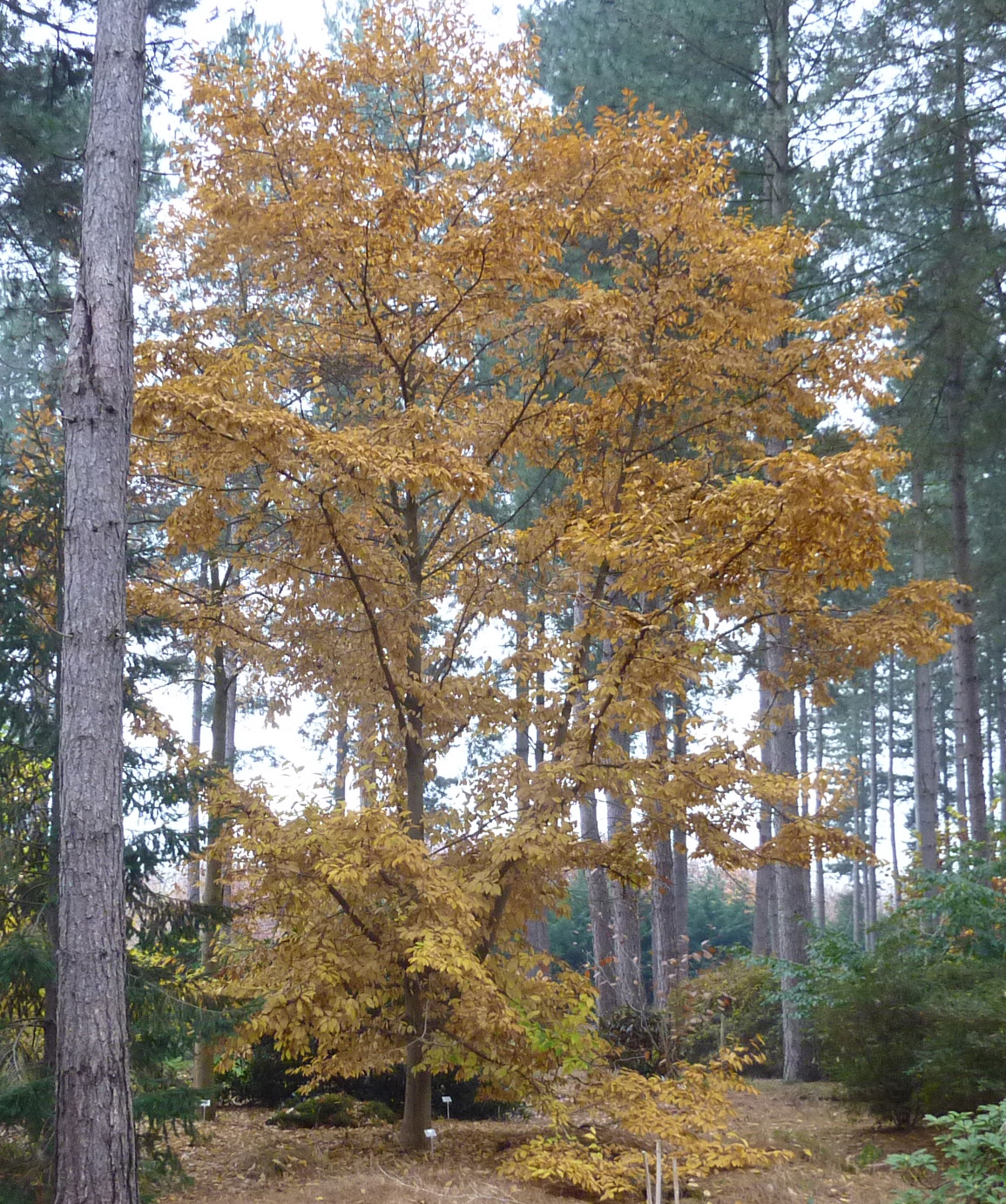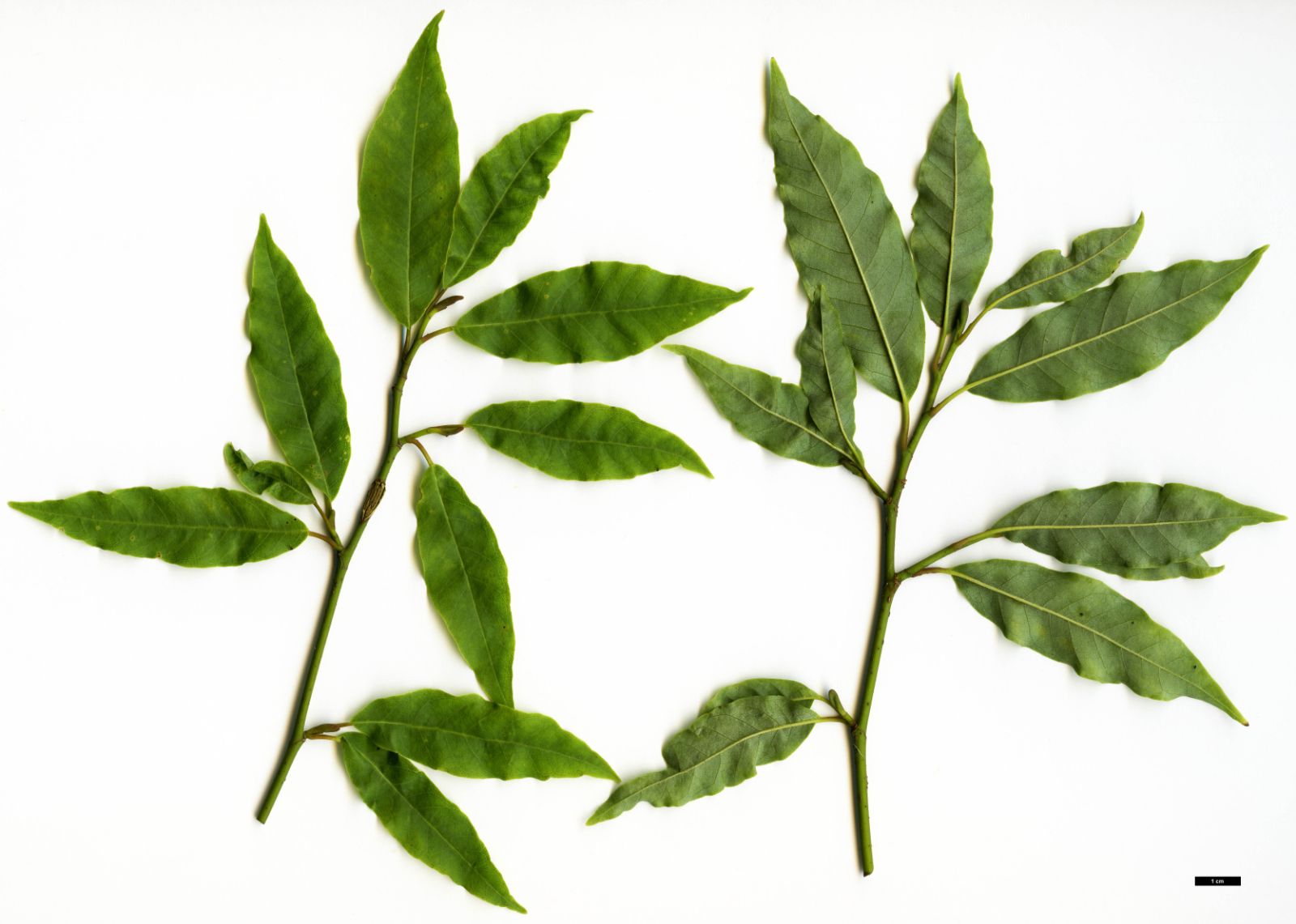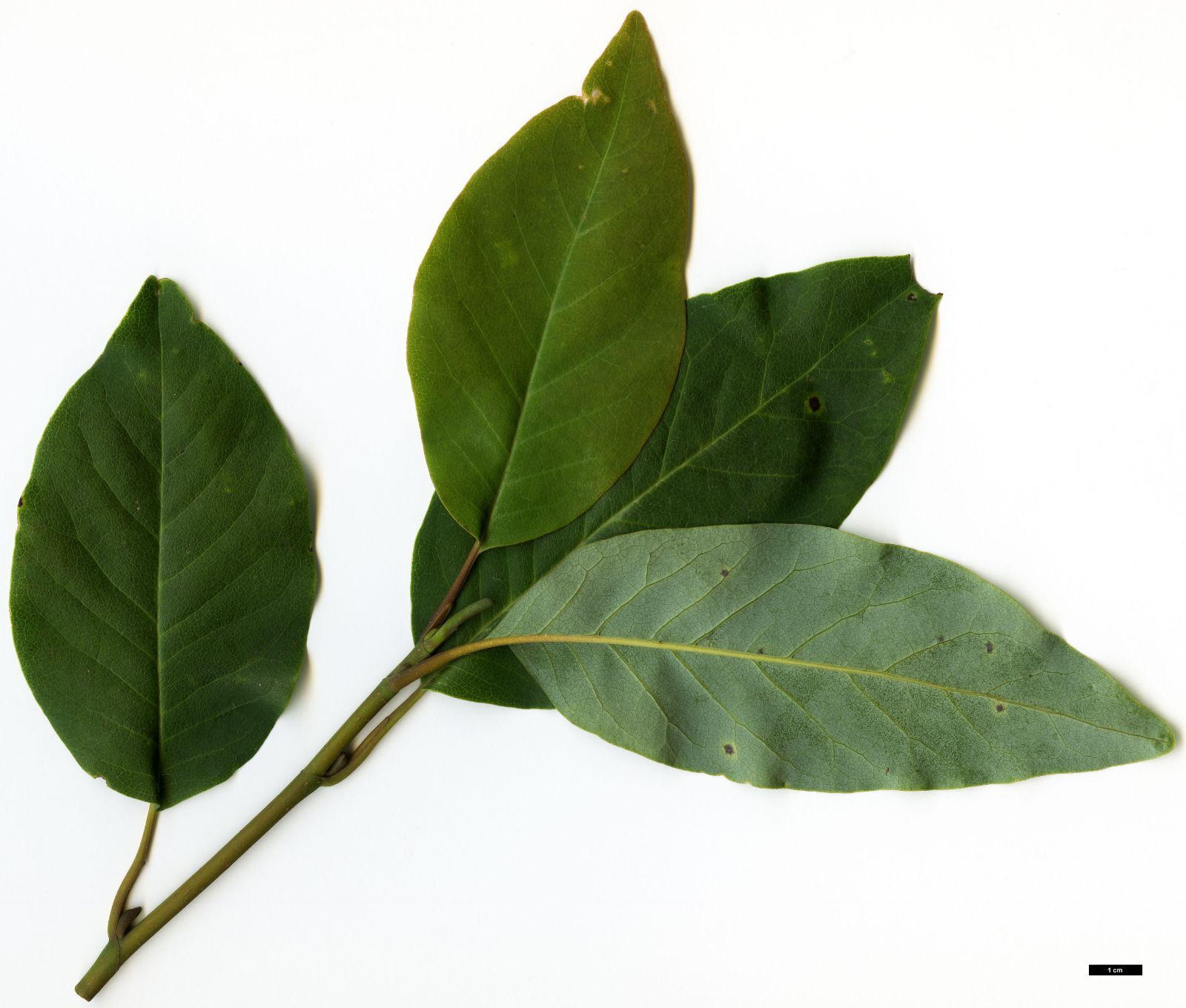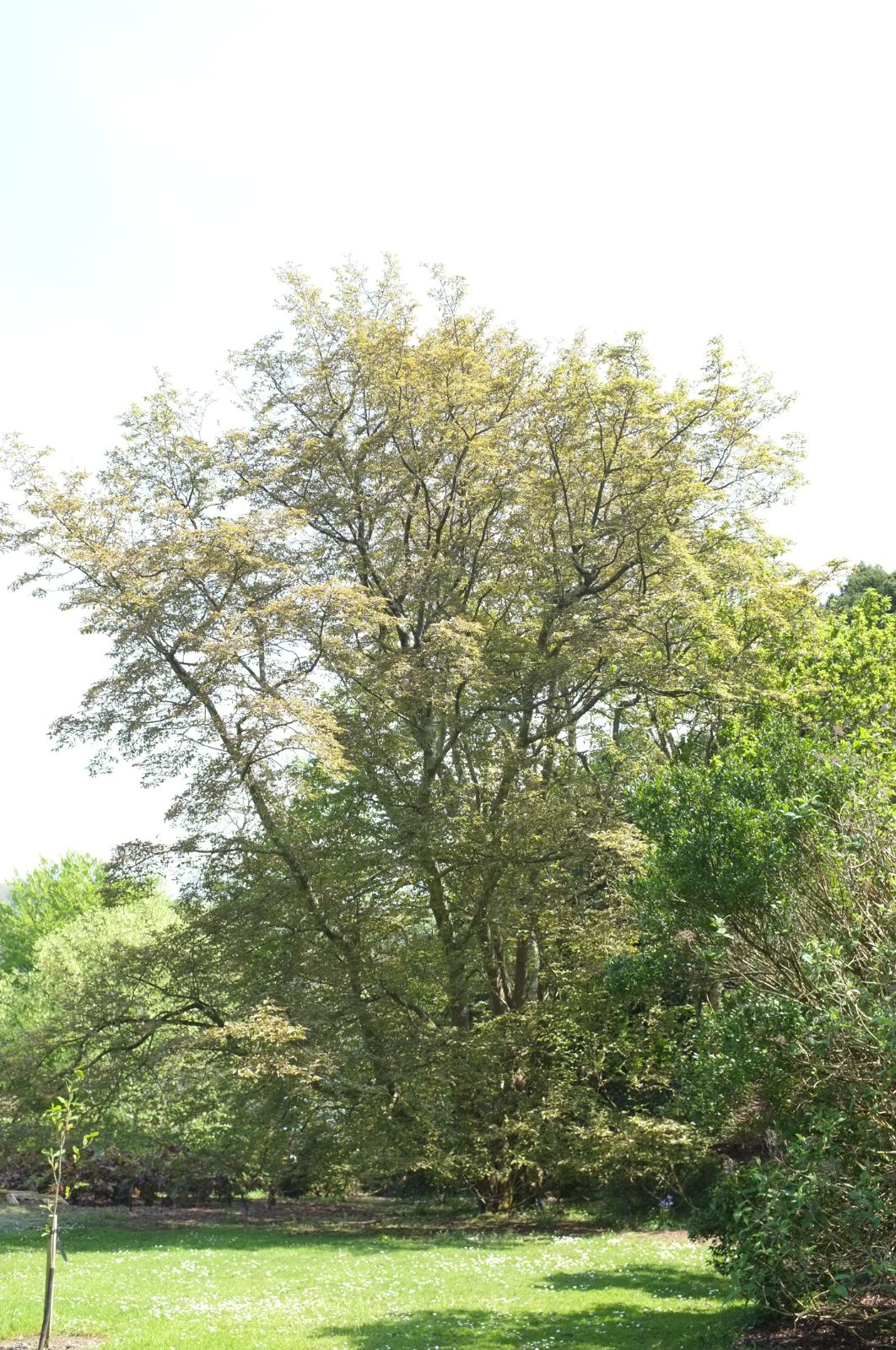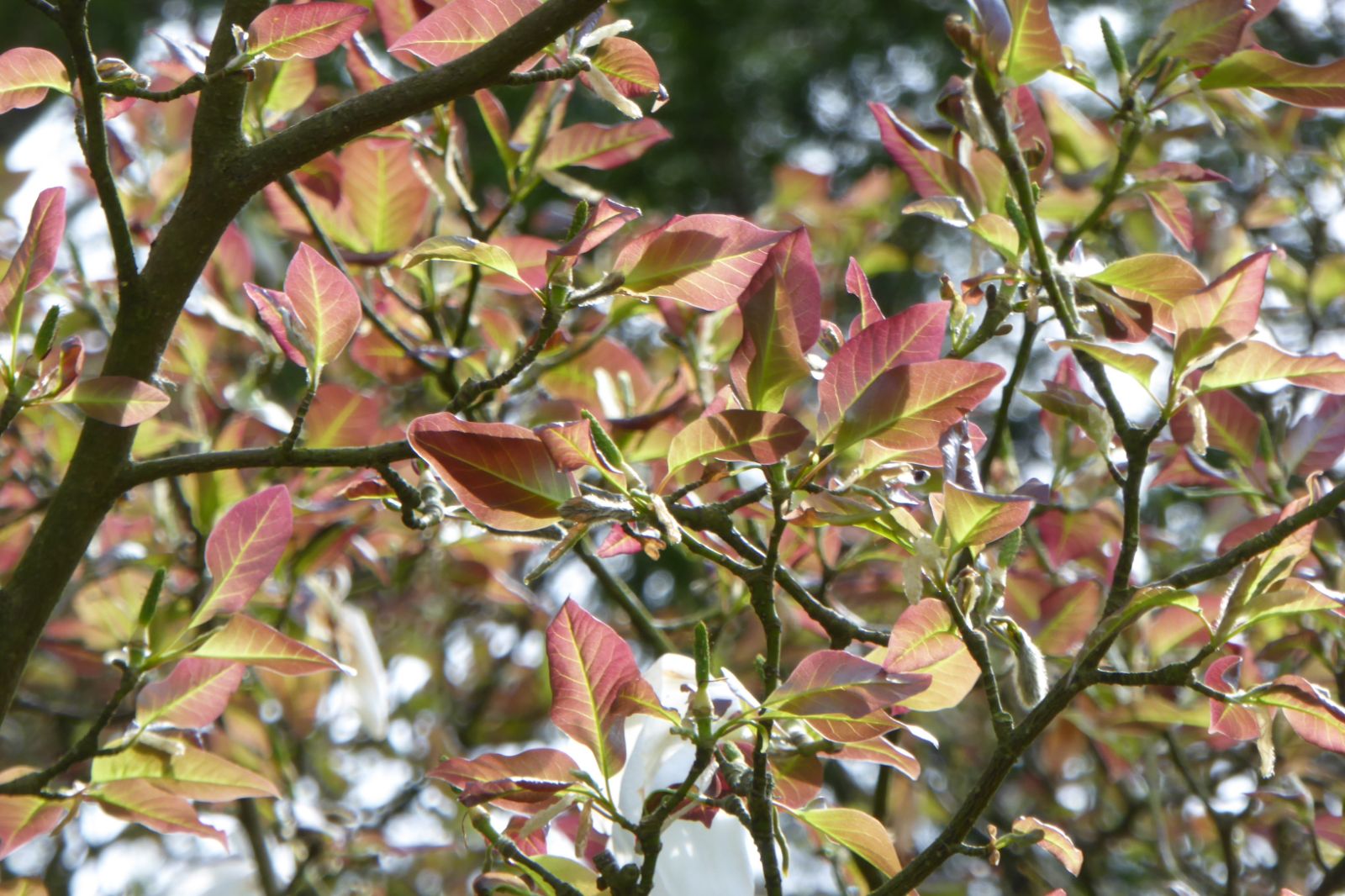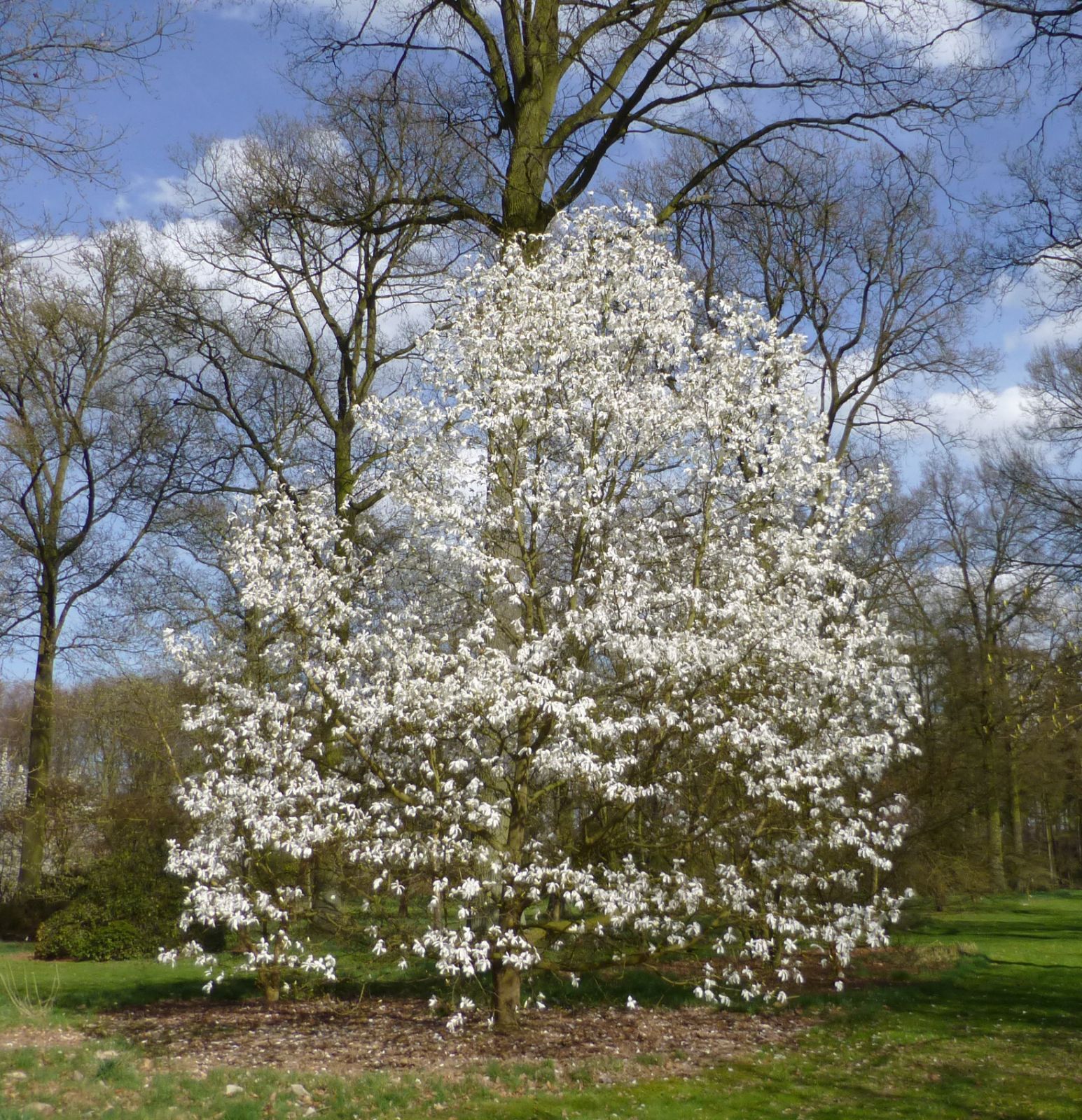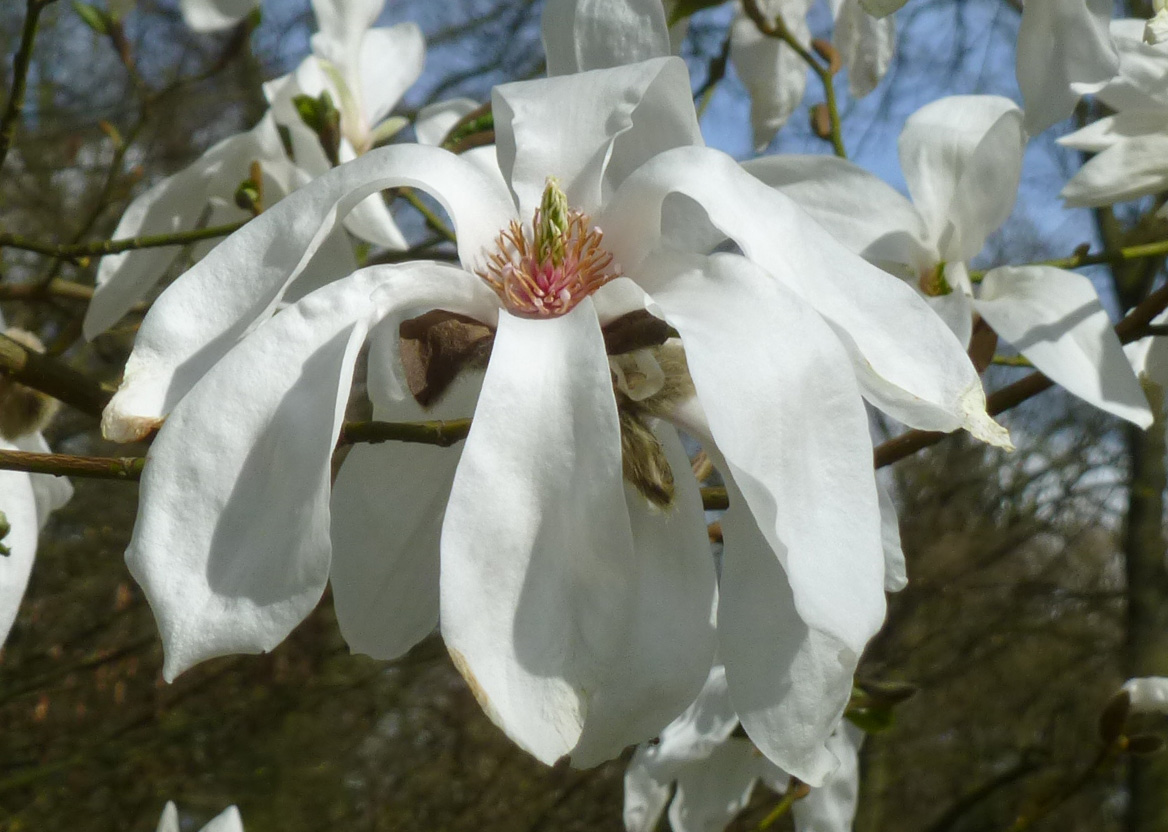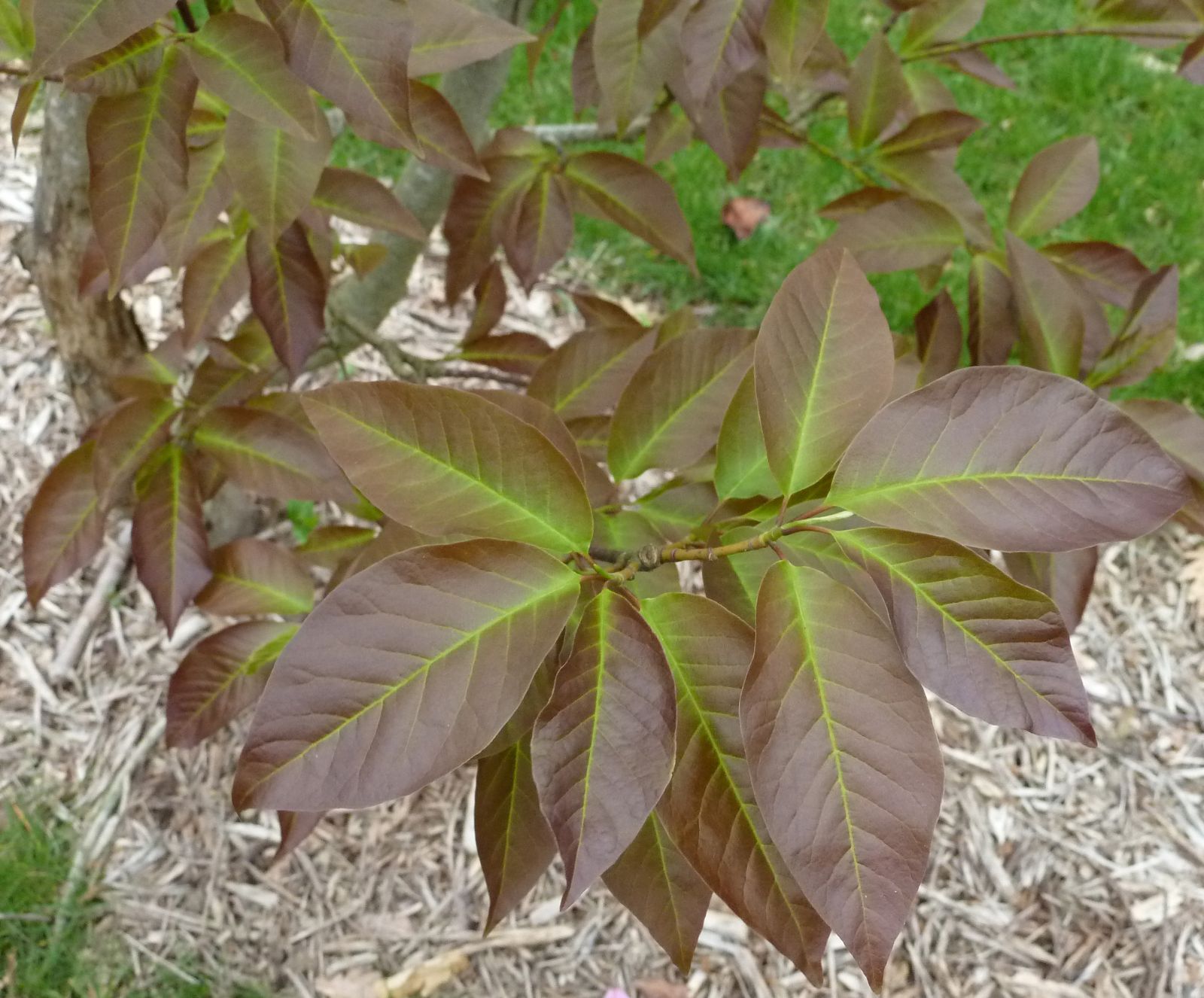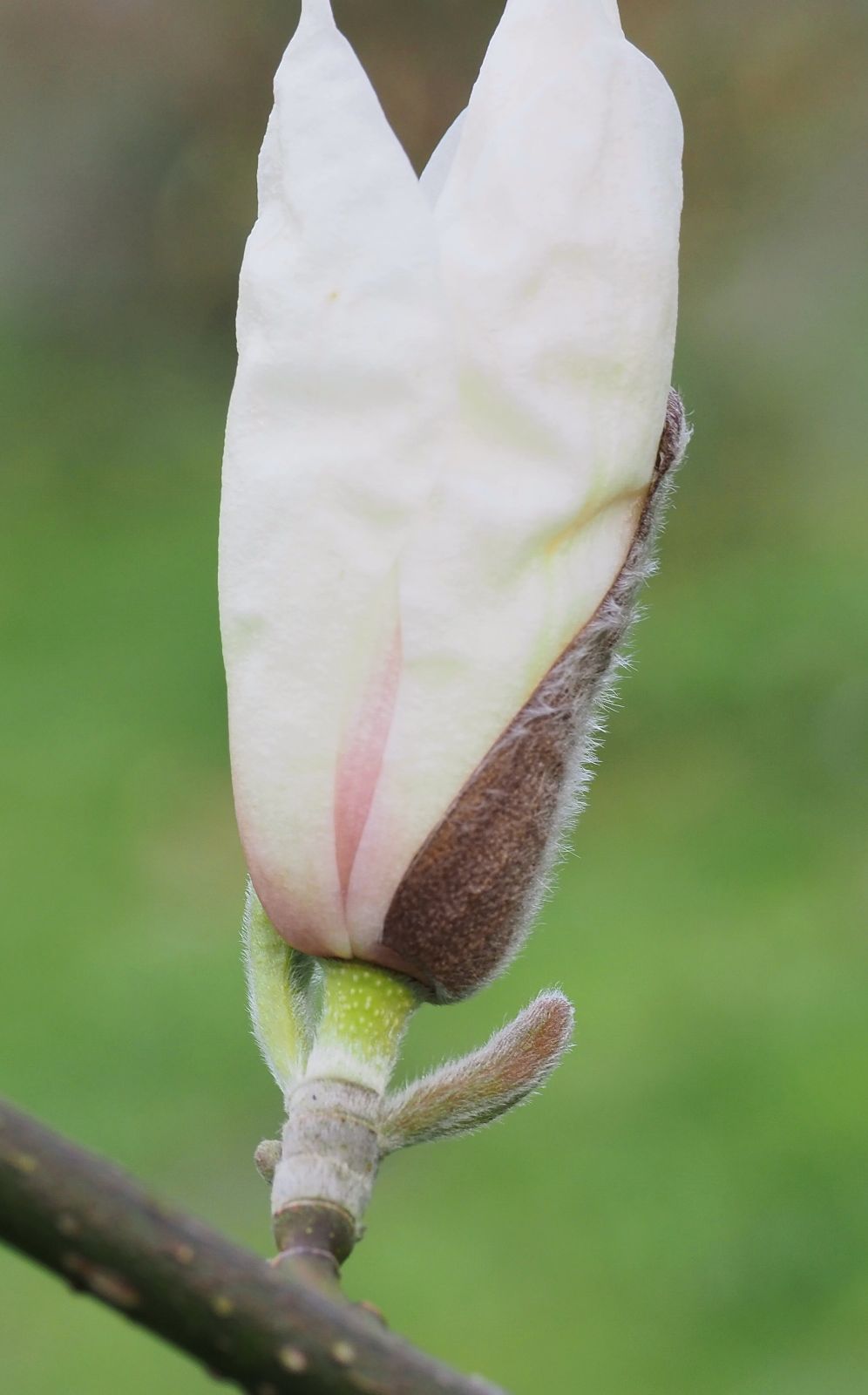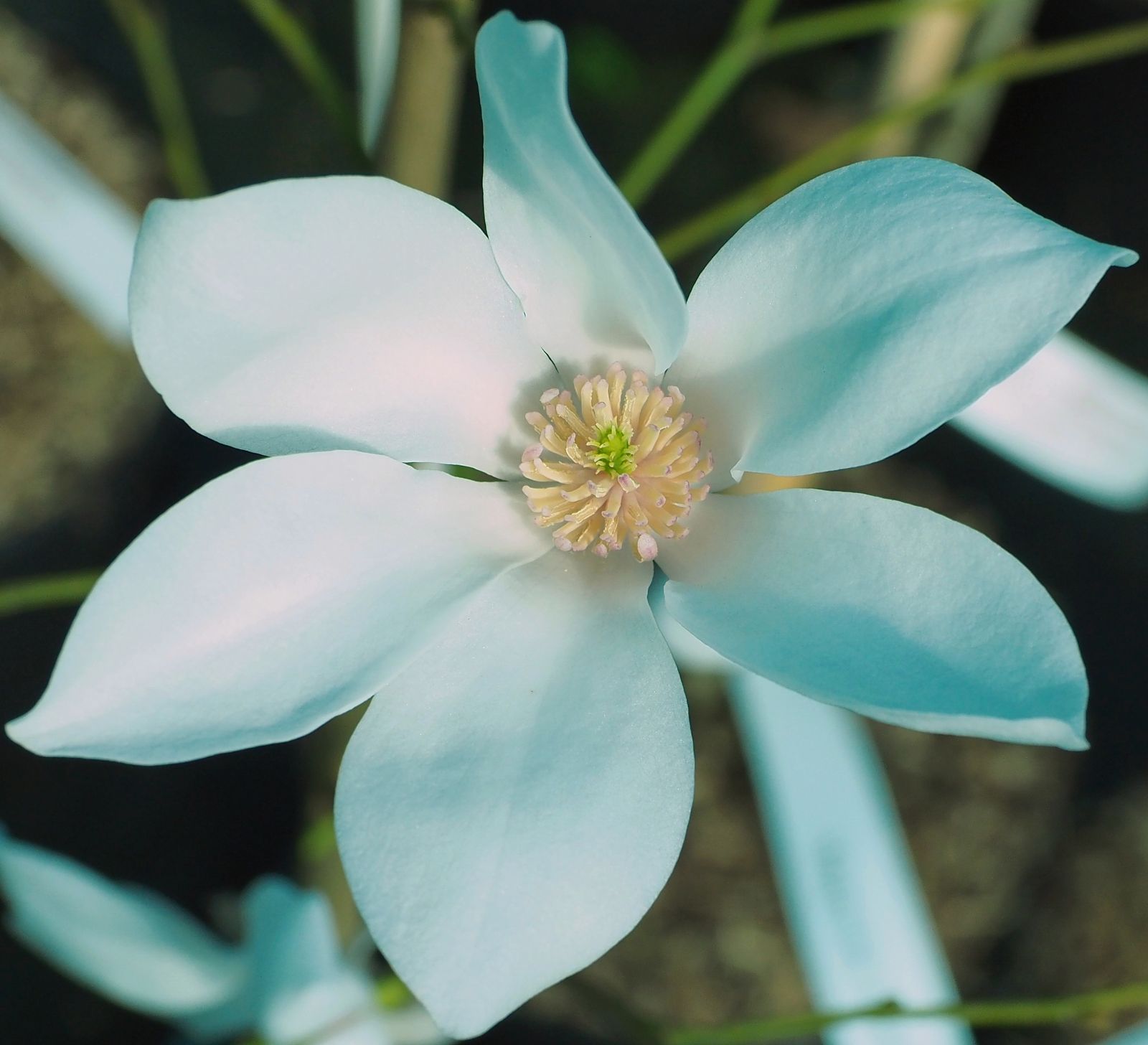Magnolia salicifolia
Sponsor
Kindly sponsored by
The Roy Overland Charitable Trust

Credits
Julian Sutton (2022)
Recommended citation
Sutton, J. (2022), 'Magnolia salicifolia' from the website Trees and Shrubs Online (treesandshrubsonline.
Genus
- Magnolia
- Section Yulania
Common Names
- Willow-leaved Magnolia
- Anise Magnolia
- Tamu-shiba
Synonyms
- Buergeria salicifolia Sieb. & Zucc.
- Yulania salicifolia (Sieb. & Zucc.) D.L. Fu
Infraspecifics
Other taxa in genus
- Magnolia acuminata
- Magnolia × alba
- Magnolia amabilis
- Magnolia amoena
- Magnolia aromatica
- Magnolia biondii
- Magnolia × brooklynensis
- Magnolia campbellii
- Magnolia cathcartii
- Magnolia cavaleriei
- Magnolia caveana
- Magnolia champaca
- Magnolia changhungtana
- Magnolia chapensis
- Magnolia compressa
- Magnolia conifera
- Magnolia Cultivars A
- Magnolia Cultivars B
- Magnolia Cultivars C
- Magnolia Cultivars D
- Magnolia Cultivars E
- Magnolia Cultivars F
- Magnolia Cultivars G
- Magnolia Cultivars H–I
- Magnolia Cultivars J
- Magnolia Cultivars K
- Magnolia Cultivars L
- Magnolia Cultivars M
- Magnolia Cultivars N–O
- Magnolia Cultivars P
- Magnolia Cultivars Q–R
- Magnolia Cultivars S
- Magnolia Cultivars T
- Magnolia Cultivars U–V
- Magnolia Cultivars W–Z
- Magnolia cylindrica
- Magnolia dandyi
- Magnolia dawsoniana
- Magnolia de Vos and Kosar hybrids
- Magnolia decidua
- Magnolia delavayi
- Magnolia denudata
- Magnolia doltsopa
- Magnolia duclouxii
- Magnolia ernestii
- Magnolia figo
- Magnolia floribunda
- Magnolia × foggii
- Magnolia fordiana
- Magnolia foveolata
- Magnolia fraseri
- Magnolia fulva
- Magnolia globosa
- Magnolia × gotoburgensis
- Magnolia grandiflora
- Magnolia grandis
- Magnolia Gresham hybrids
- Magnolia guangdongensis
- Magnolia hookeri
- Magnolia insignis
- Magnolia Jury hybrids
- Magnolia × kewensis
- Magnolia kobus
- Magnolia kwangtungensis
- Magnolia laevifolia
- Magnolia lanuginosa
- Magnolia leveilleana
- Magnolia liliiflora
- Magnolia × loebneri
- Magnolia lotungensis
- Magnolia macclurei
- Magnolia macrophylla
- Magnolia martini
- Magnolia maudiae
- Magnolia nitida
- Magnolia obovata
- Magnolia officinalis
- Magnolia opipara
- Magnolia × proctoriana
- Magnolia × pruhoniciana
- Magnolia rostrata
- Magnolia sapaensis
- Magnolia sargentiana
- Magnolia sieboldii
- Magnolia sinensis
- Magnolia sinica
- Magnolia sinostellata
- Magnolia × soulangeana
- Magnolia sprengeri
- Magnolia stellata
- Magnolia tamaulipana
- Magnolia × thomsoniana
- Magnolia tripetala
- Magnolia × veitchii
- Magnolia virginiana
- Magnolia × wieseneri
- Magnolia wilsonii
- Magnolia xinganensis
- Magnolia yunnanensis
- Magnolia yuyuanensis
- Magnolia zenii
Deciduous tree or large shrub, to 12 m. Bark grey, warty. Young branchlets slender and glabrous, yellow-green becoming purplish, with a lemony or anise odour when bruised; terminal winter (mixed) buds with dense silvery or yellowish hairs, vegetative buds silky or almost glabrous. Leaf blade lanceolate, sometimes ovate or elliptic, (4–)6.5–12(–16) × (1.7–)2–5.5(–7) cm, papery, aromatic like the branchlets; lower surface pale, often glaucous, with fine down at least alongside the midvein; upper surface dull green, usually glabrous; base cuneate to almost rounded, often unequal; apex acute or rounded. Petiole yellowish, (0.7–)1–2 cm, narrowly winged above the basal stipular scar, usually glabrous. Pedicels glabrous or sparingly hairy. Flowers terminal, fragrant, emerging before the leaves, and held more or less horizontally. Tepals 9(–15), the inner 3 sepaloid, oblong, to 3.5 × 1 cm, thin and green-white; inner tepals petaloid, white sometimes flushed pink or greenish at the base on the lower surface, broadly spatulate to obovate or oblanceolate, (3.7–)5–9(–12) × 2–4(–4.5) cm. Stamens white, often pink at the base, with deltoid to rounded apices. Gynoecium 1–1.5 cm, green, the styles slightly recurved. Fruit cylindric, (3–)4.5–6(–7.5) cm, initially held erect, becoming pink, later purplish. Seeds red. Flowering April–May (Japan), March–April (UK). Diploid 2n=38. (Spongberg 1976; Ohwi 1965).
Distribution Japan Honshu (mainly W), Kyushu, Shikoku
Habitat Forests, especially in drier sites; 100–2000 m.
USDA Hardiness Zone 5-8
RHS Hardiness Rating H6
Conservation status Least concern (LC)
This Japanese species belongs to a group of white flowered, deciduous shrubs and small trees within Section Yulania which includes some of the hardiest magnolias. This makes it a good choice for gardeners craving the spectacle of ‘traditional’ magnolia flowers opening on leafless stems from silvery-hairy terminal buds, in areas where many other, perhaps showier magnolias prove too tender.
The narrow, rather willow-like leaves (hence Maximowicz’s specific epithet), usually glaucous beneath, distinguish it from M. kobus (which is very similar in flower) and M. stellata (which has more numerous, narrower tepals): all these are Japanese species (Ohwi 1965). Perhaps most closely related is its less well known Chinese counterpart M. biondii, which differs in having green leaf undersides, silky-pubescent pedicels, and seeds deeply (vs. shallowly) grooved on one side. M. biondii shares the lemony- or anise-scented crushed leaves and wood of M. salicifolia.
Magnolia salicifolia came into cultivation on both sides of the Atlantic as a result of the fertile collaboration between the Arnold Arboretum, MA, and the Veitch nursery in England. James Veitch and the Arnold’s Charles Sargent collected seed on Mt Hakkoda, N Honshu in 1892 while seeking Abies mariesii which dominates forest at the summit (Bean 1981). While Veitch’s share of the seed failed to germinate, Sargent’s did, and material was promptly passed to Veitch. A Sargent collection from the same trip, made 300 km further south near Mt Ontake, might also have contributed to the Arnold’s stock (Spongberg 1981). Kew received plants independently in 1906, from a Japanese nursery, and there may have been further early introductions. All this is significant since wild M. salicifolia is quite variable in leaf shape and crown form, our garden stocks reflecting this to a degree.
Some tree forms are generally upright, becoming pyramidal, and growing up to 60 cm per year. They can be single or multi-stemmed and in southern Britain or Ireland can reach 15 m or more in sheltered spots. A fastigiate multi-stemmed form described by Millais (1927) as M. salicifolia var. fastigiata appears similar in growth, habit, and flower size to ‘Wada’s Memory’ (Gardiner 2000) and might be a hybrid.
This species is well established in Europe, if less commonly grown than M. stellata or M. kobus. Extremes of height and girth in Britain include 21 m × 145 cm (2017) at Exbury, Hampshire, and 12 m × 263 cm (2016) at Caerhays Castle, Cornwall (The Tree Register 2021). It grows at least as far east as Germany (Bonn University Botanic Garden 2021), and in coastal Scandinavia, where trees dating from the 1970s grow at Gothenburg (Gothenburg Botanical Garden 2021).
Although an uncommon tree in North American gardens (Jacobson 1996; Dirr 2009), it is represented in collections on both seaboards and in the Great Lakes area.
Introgressive hybridization from M. stellata into M. salicifolia has been described where the species coexist in Japan (Muranishi et al. 2013). In gardens it has hybridized with M. kobus to give cultivars such as ‘Kewensis’ and ‘Wada’s Memory’, and with M. denudata.
'Concolor'
Leaves green beneath, flushed purple for several weeks on emergence. Habit spreading, with relatively stout branches; flowers larger and later. Propagated from a tree at the Veitch nursery, almost certainly from the original Mt. Hokkada collection (Lobdell 2021; Piet Vergeldt Boomkwekerij 2022; Bean 1981).
'Jermyns'
A large-flowered, slow-growing, large shrub; leaves broad, glaucous beneath. Very similar in flower and leaf to M. ‘Iufer’, perhaps also a hybrid. Introduced by Hillier Nurseries before 1973; named for Jermyns House at the Sir Harold Hillier Gardens.
'Van Veen'
Very fragrant flowers and fine bamboo-like foliage. Selected before 1989 by Otto Eisenhut, named for Piet van Veen of Ticino, Switzerland.


